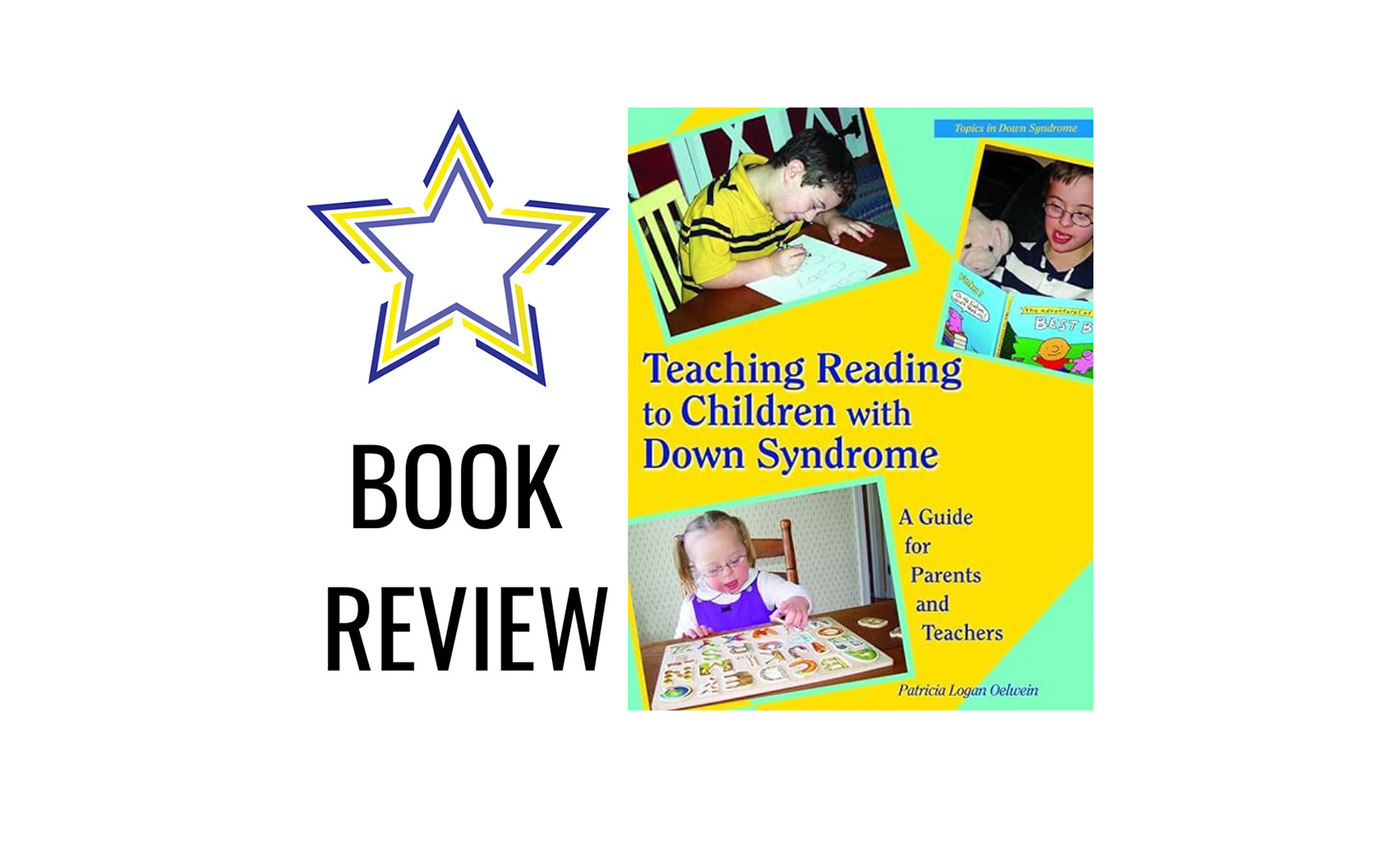Book Review: Teaching Reading to Children With Down Syndrome – Patricia Logan Oelwein
“Teaching Reading to Children With Down Syndrome: A Guide for Parents and Teachers” by Patricia Logan Oelwein is an invaluable resource that shines a light on the path to literacy for children with Down Syndrome. With sensitivity, expertise, and a deep understanding of the unique challenges these children face, Oelwein delivers a comprehensive guide that empowers parents, caregivers, and educators to help children with Down Syndrome become confident and successful readers.
One of the standout features of this book is Oelwein’s clear and structured approach to teaching reading. She recognizes the importance of early intervention and skillfully guides readers through the process, providing step-by-step instructions and a wealth of practical activities and strategies. Her “whole-word” method, which focuses on teaching words as complete units, is not only effective but also well-suited to the specific learning profile of children with Down Syndrome.
Throughout the book, Oelwein underscores the importance of individualization in teaching children with Down Syndrome. She encourages readers to adapt her methods to meet the unique needs and learning styles of each child, emphasizing that there is no one-size-fits-all approach. This recognition of the individuality of each child is a testament to Oelwein’s deep respect for her young learners.
As a teacher and advocate for children with Down Syndrome, Patricia Logan Oelwein has a profound insight into the challenges and triumphs of teaching reading to these children. Her writing is not just informative but also filled with empathy and encouragement. She is a true champion for the cause, and her passion shines through in her work.
The book is organized in a reader-friendly manner, allowing readers to navigate through the content with ease. It begins with a foundation in understanding Down Syndrome and its potential impact on learning, which provides crucial context for the teaching strategies that follow. The chapters on teaching specific reading skills, such as sight words, phonics, and comprehension, are comprehensive and include a wealth of examples and exercises.
One of the most notable strengths of this book is the inclusion of real-life success stories, contributed by parents and educators who have used Oelwein’s methods. These stories offer inspiration and serve as a testament to the effectiveness of the strategies outlined in the book. They remind us that, with the right guidance and approach, children with Down Syndrome can achieve remarkable success in reading.
Oelwein also places a strong emphasis on collaboration between parents and educators. She acknowledges the essential role of both parties in a child’s reading development and provides guidance on how they can work together effectively. This partnership is crucial in ensuring that the child receives consistent and supportive instruction.
In summary, “Teaching Reading to Children With Down Syndrome: A Guide for Parents and Teachers” is an exceptional resource that serves as a guiding light for those involved in the education and care of children with Down Syndrome. Patricia Logan Oelwein’s comprehensive, compassionate, and individualized approach to teaching reading sets this book apart as a must-read for parents, caregivers, and educators who are committed to helping these children unlock the world of literacy. It is a powerful tool for empowering children with Down Syndrome to achieve their full potential and thrive as confident readers.

0 Comment